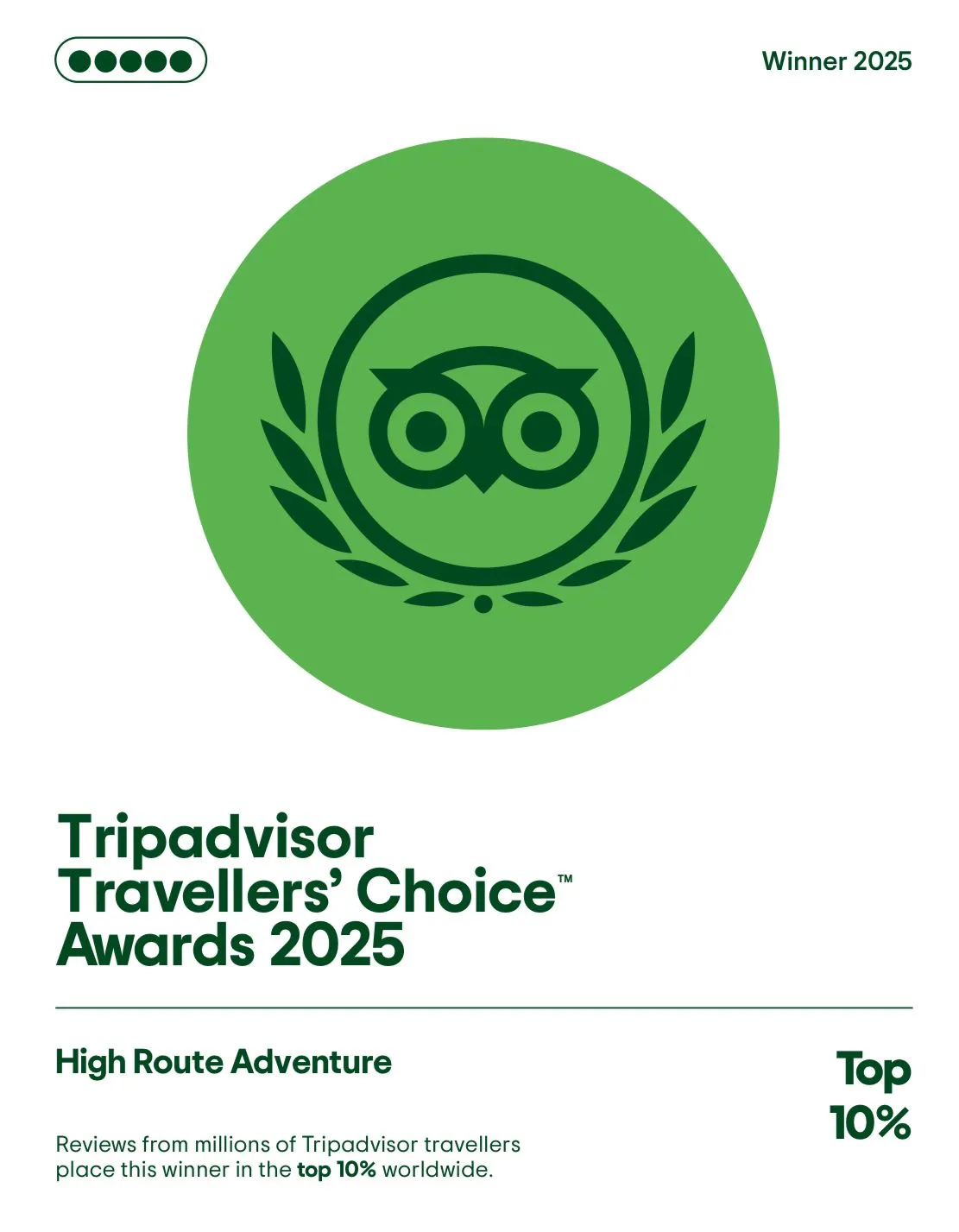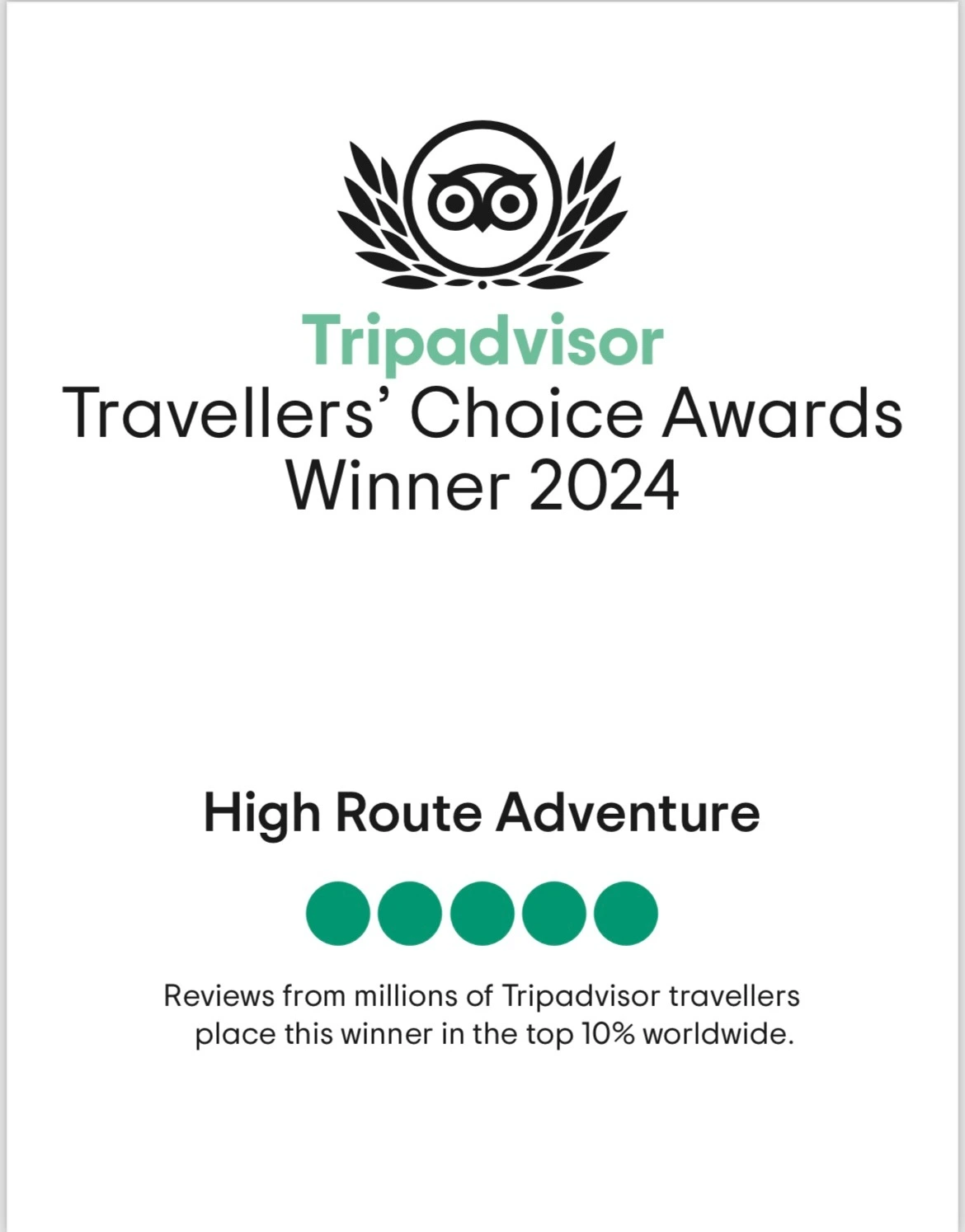Restricted Area Trekking in Nepal

Although Nepal may be small in size, the wide variety of topography in such a short distance makes it one of the best places for trekking. Amidst hundreds of thrilling trekking in Nepal, there are still some routes that have restrictions for entry, i.e., restricted area treks.
The restricted area Trekking in Nepal holds its uniqueness and attracts travelers. Filled with untouched and untainted natural beauty, rural settlements, and secluded trekking routes, restricted areas provide an experience different than other trekking trails. Pack your bags and get ready to experience the mysterious lands of Nepal.
Discover the quaint and untainted beauty of Nepal as you trek through these restricted areas.
Table of Contents
Significant Features of Restricted Area Trekking
The government of Nepal designated some areas as restricted trekking routes to conserve the nature and culture of those areas. Most of these treks lie in the mountainous regions of Nepal, where the settlements are still out of touch with the rest of the world.
The beauty of these treks lies in these rural settlements that provide a new outlook to travelers who are so used to busy urban lives. Upper Mustang is one of the best examples of restricted treks, as it was secluded from the rest of the world until recently. The rich culture and history of this place are still intact, giving people all the more reason to want to visit this restricted area themselves.
For trekkers who are looking for challenging trekking routes along with splendid sights of mountains, then restricted area trekking is the best option. Along the trek, you will come across countless rural settlements that are less crowded than the popular trekking routes of Nepal. You can enjoy your trek in peace and away from the crowd.
Each of these treks holds a story of its own and a rich history, which is the reason why they are so earnestly protected. It is an adventure to experience these hidden gems with your own eyes and enjoy the magic that a restricted area trek brings along.
Food, Accommodation, and Trail of Restricted Area Trekking
Restricted area trekking in Nepal requires trekkers to have a special permit for entry. Different from other trails, restricted area trekking also requires you to have a guide along with the necessary special permit. Trekkers are not allowed to travel alone in these areas as most of the trails are off the beaten and challenging. A group must require at least two people, along with a licensed trekking guide. A registered trekking agency will need to arrange the trip for you.
Upper Mustang trek
Upper Mustang, also known as “the forbidden kingdom,” is among the many restricted trekking regions of Nepal. As it falls in the rain shadows of Dhaulagiri, this area expects little to no rainfall throughout the year. The panoramic view of mountain ranges above these rigid desert-like mountains makes the trek even more worthwhile.
Upper Dolpo Trek
Upper Dolpo is another restricted area filled with pristine natural beauty and massive mountain ranges. The rich and unique culture and traditions that hold this place together are worth a look.
Tsum Valley Trek
Tsum Valley Trek falls among them as well. One can experience a unique mix of Tibetan Buddhism borrowed from the Tibetans on the other side of the border.
Manaslu Circuit Trek, Nar Phu Valley Trek, and Rara Lake Trek are also some examples of restricted treks available in Nepal.
Being far away from modern cities, it is challenging to venture into these rural areas. You are supposed to bring your tents and sleeping bags as you will not find proper accommodations. As of recently, there has been a rise in teahouses that accommodate travelers in peak seasons. The food provided in these teahouses is simple home-cooked meals. Dal, Bhat (rice), and curry is the main dish. Since your trekking agency will arrange a cook for you, you will not have to cook for yourself.
Special Trekking Permit for Restricted Trekking
The Department of Immigration provides special area trekking permits. Your authorized trekking agency will prepare the permit on your behalf.
Certain rules need to be followed after getting the special trekking permits. As they are for a certain region, trekking in other areas that don’t fall under the area specified by the permit is considered a violation of the law. Trekkers should carry the trekking permit at all times, and he/she is required to show it to police or immigration employees when needed. Travelers are also not allowed to indulge in any activity that negatively affects the nature or culture of these places.
The cost depends upon the area of the trek. Most of the costs are calculated in USD but are also payable in Nepali rupees. Some of the most popular restricted area trekking routes and their permit cost are included below:
- Upper Mustang and Upper Dolpo Trek require USD 500 per person for the first ten days and USD 50 per person per day beyond the days limit.
- The lower Dolpo area requires USD 20 per person for a week and USD 5 per person per day beyond one week.
- Gorkha Tsum Valley area requires travelers to pay USD 40 per person for seven days and USD 7 per person for the time exceeding seven days (September to November). From December to August, the cost decreases to USD 30 per person for seven days and USD 7 per person per day beyond one week.
- Manang trek requires USD 100 per person for a week and USD 15 per person per day beyond a week (from September to November). From December to August, the cost is 75 USD per person for a week and USD 15 per person per day after that.
Source: https://www.welcomenepal.com/plan-your-trip/trekking-permit.html
Trekking along the restricted areas of Nepal will bring you many unique experiences. For adventure seekers who want to travel around the more rural regions of Nepal, restricted area treks are the best option. The adventurous trails and still un-ventured lands hide in an aura of mystery, giving travelers an experience that takes their breath away.
Posted on








